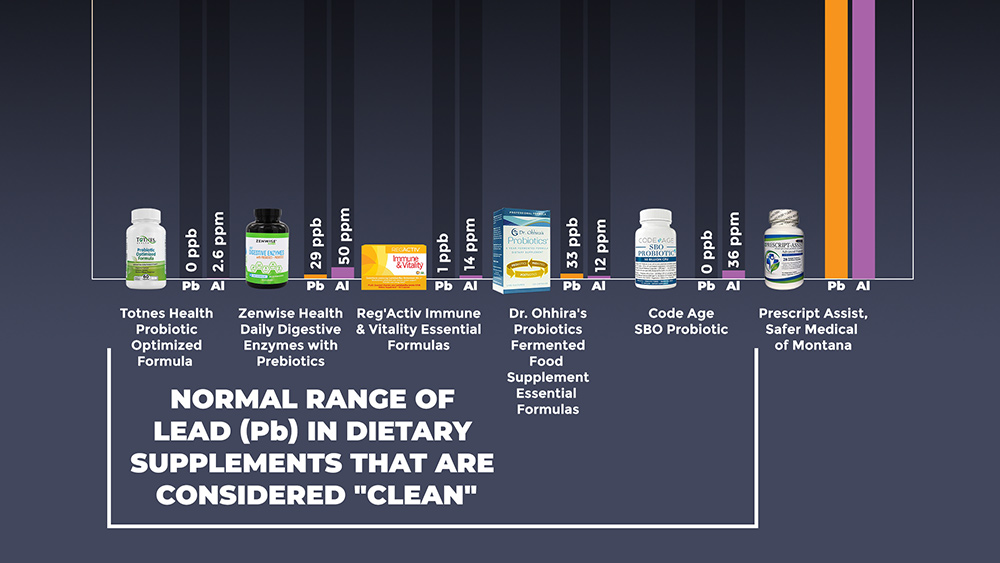Regulations to curb junk food ads targeting children are FAILING, says WHO report
07/29/2019 / By Melissa Smith

Junk food companies are taking advantage of the regulatory loopholes to advertise their unhealthy products to millions of children online, adding fuel to the childhood obesity epidemic. The World Health Organization (WHO) urges authorities to take more effective measures to limit marketing strategies by these companies – which range from online games to viral social media campaigns.
The global health body reports that many existing policies and regulations that tackle food marketing to children are failing. As a result, children are continually exposed to commercial messages promoting foods high in fats, salt, and sugar. The WHO emphasizes that although regulations targeting junk food ads have increased on traditional media venues, social media and smartphones have opened new platforms for these marketing strategies.
Dr. Joao Breda, WHO Europe program manager for nutrition, physical activity, and obesity, says: “If you look at the marketing restrictions there are lots of loopholes. It is a wonderful world for marketers.”
In 2017, the Advertising Standards Authority banned junk food ads from being shown when children make up at least 25 percent of the audience. However, regulations like these are easily evaded by creative marketing strategies, especially online, because it is impossible to monitor who is viewing the content.
Junk food companies target children by putting their advertisements on social media and product placements on YouTube videos viewed by millions of children. They also produce “advergames” developed to lure children into advertiser content.

|
Discover how to prevent and reverse heart disease (and other cardio related events) with this free ebook: Written by popular Natural News writer Vicki Batt, this book includes everything you need to know about preventing heart disease, reversing hypertension, and nurturing your cardiac health without medication. Learn More. |
Dr. Mimi Tatlow-Golden, a lecturer in child psychology at The Open University in the U.K., says that junk food companies and the advertising industry have made a big show of restricting TV adverts, but that this is “eliminating marketing where most children are not.” For example, they can easily say they are not targeting children, but are sending these messages to people who like a certain celebrity.
The WHO says that in many countries, companies invest more in digital marketing than the money they spend on television advertising. Furthermore, many countries have not always adopted effective food categorization systems to classify what foods should not be marketed to children. This calls for developing new, evidence-based nutrient-profiling systems that effectively identify unhealthy food based on nutritional quality. (Related: Study: Ads selling junk food overwhelmingly targeting youth.)
Guiding children to healthy eating habits
While waiting for regulators to modify and improve their policies on junk food advertising, there are things you can do to help your children be less vulnerable to junk food marketing.
- Avoid advergames – These can include apps or websites designed by fast-food restaurants or companies that make treats, cereals, or pop. Exposing your kids to these can entice them to crave junk food.
- Reduce screen time – Set a limit for their daily screen time, including television and the internet. This will automatically reduce the number of commercials your children are exposed to every day. You can also choose commercial-free shows or fast-forward through commercials.
- Encourage physical activity – As you reduce your children’s screen times, encourage them to engage in physical activity, like sports, play, or exercise.
- Encourage healthy eating habits – Encourage your children to eat plenty of fruits, vegetables, whole grains, low-fat or non-fat milk or dairy products, lean meats, poultry, and fish.
- Set an example – Kids watch and copy what adults say and do. So, if you are eating healthily and are physically active yourself, you’re more likely to influence them to do the same.
- Teach them to practice critical thinking about the ads they see – You can start by watching TV with them, and as you see ads, explain to them the purpose of ads and that marketing isn’t always honest. If your children are old enough, talk about the nutritional value of foods and teach them how to properly look at nutrition labels.
For more stories on how food advertising contributes to childhood obesity, visit FightObesity.news.
Sources include:
Tagged Under: ads, Advertising, brainwashed, childhood obesity, children's health, commercials, eating habits, fast food, food ads, food commercials, food habits, food industry, food marketing, Influence, Marketing, obesity, Psychology, television, toxic food, toxic ingredients, TV ads, unhealthy food


















